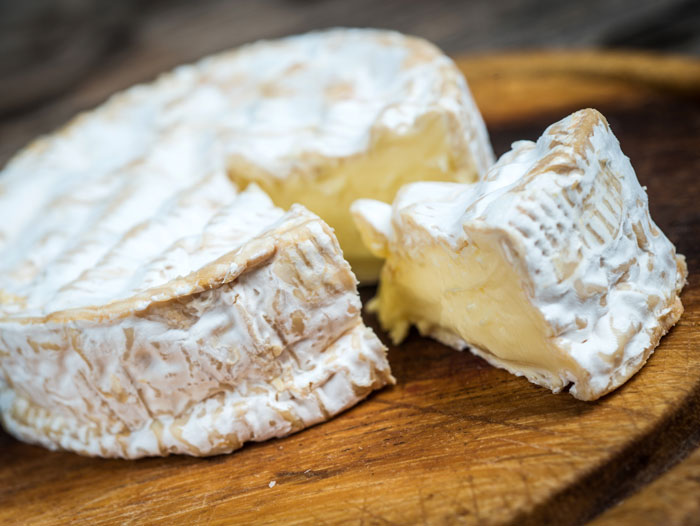This Fungus Mutates. That’s Good News if You Like Cheese
October 16, 2019 | 1 min to read

The legend of Camembert is one of daring escape and dairy espionage.
The cheese was invented in 1791 when a priest from Brie (yes, like the cheese), took shelter with a dairymaid, Marie Harel, as he fled France’s anticlerical government. He taught her to make cheese with an edible rind, as local lore tells it. But the lesser known character in Ms. Harel’s story is a mysterious mold that resided in Normandy.
Penicillium appears in the wild as a toxic blue fungus, but in Camembert, Brie and other French regional cheeses, it is white and edible. For centuries, cheesemakers didn’t know how it evolved from its untamed to its domesticated forms. In a study published Tuesday in mBio that could be good news for American cheese lovers, researchers offer the first detailed view of how a fungus transforms into a mold safe for food production in as few as four weeks.
To read the rest of the story, please go to: New York Times
